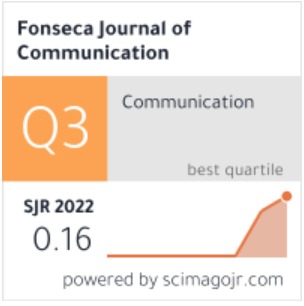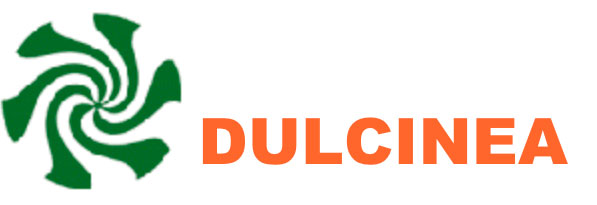THAI PRINT NEWSPAPERS: ADAPTING FOR SURVIVAL IN THE DIGITAL ERA
Pakpoom Hannapha
Faculty of Humanities and Social Sciences, Mahasarakham University, Thailand
Siraprapa Kamthawee
Faculty of Humanities and Social Sciences, Mahasarakham University, Thailand
Thiti Vitayasorana
Department of Digital Content Creation Collage of Communication Art, Rangsit University, Thailand
Keywords: Newspaper Industry, Survival Strategies, Adaptation, Sustainability, Print Newspapers
Abstract
This study investigates the adaptation strategies employed by Thai print newspapers in response to the profound disruptions caused by digital transformation in the media landscape. With the rapid evolution of consumer behavior driven by the proliferation of digital technologies—particularly smartphones, social media, and instant access platforms—traditional print media face significant challenges in sustaining relevance and financial viability. The study focuses on five prominent Thai newspapers—Daily News, Matichon, Siamrath, Thansettakij, and Thai Post—analyzing their adaptation across five core domains: organizational structure, personnel, production tools, content formats, and marketing strategies. Utilizing a qualitative approach comprising documentary analysis and in-depth interviews with key editorial leaders, the research reveals that survival in the digital era necessitates streamlining organizational operations, embracing digital-first workflows, investing in staff retraining for multimedia production, and enhancing technological infrastructure. Strategies such as reducing print circulation, enhancing online presence, outsourcing production, and utilizing data analytics for targeted content delivery were widely observed. Moreover, the newspapers are shifting
from traditional advertising revenue models to diversified digital monetization, including social media advertising, partnerships, and online subscriptions. The study also integrates theoretical frameworks such as New Media Theory, Adaptation Theory, and Entrepreneurial Survival Theory to interpret the structural and strategic shifts within these organizations. These findings underscore the need for dynamic adaptability, innovation, and continuous learning to ensure sustainability in an era defined by speed, personalization, and interactive content consumption. The research provides valuable insights not only for media stakeholders in Thailand but also for global media entities facing similar digital disruption challenges.















